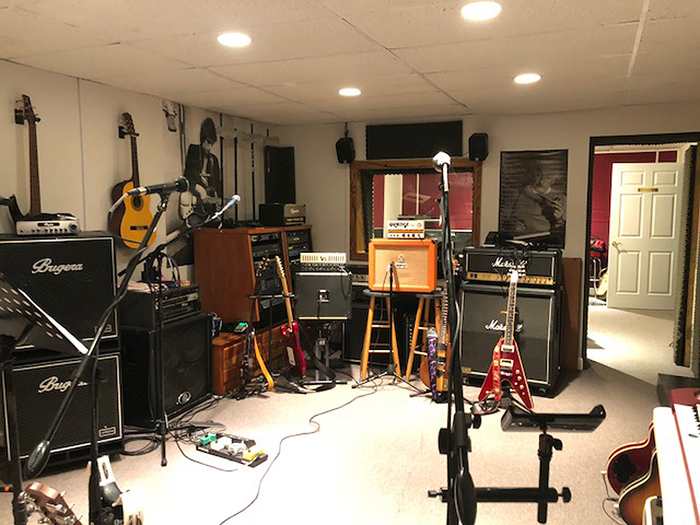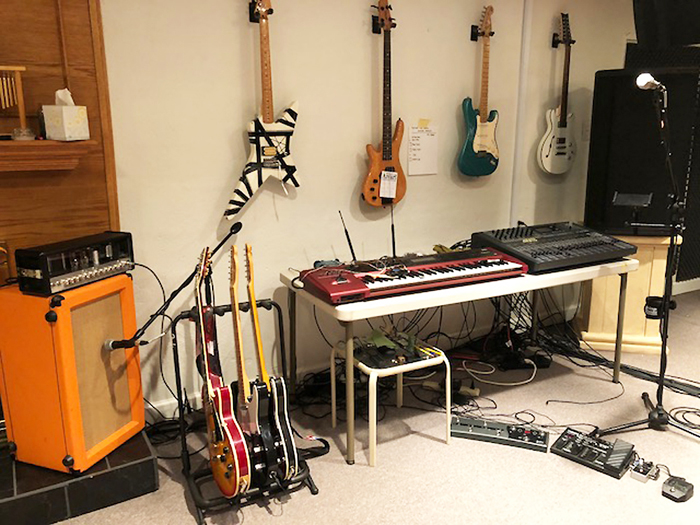The next time you see a warranty card from a manufacturer, break out the magnifying glass and give it a read. There’s a key phrase in there: if there’s a problem, the manufacturer can choose to either repair or replace the product.
If a screw falls out or a belt snaps, they’ll repair it and ship it back to you. If there’s a serious issue or irreversible damage, it’s cheaper for them to send you a brand new product than to go in and try to fix the existing one. This clause helps the manufacturer handle the warranty process with maximum effectiveness and minimal expense.
Troubleshooting a sound system can often create the same dilemma. What’s the issue? If it’s a single blown driver or a bad cable, we can fix it and move on. But what do you do when there are far deeper issues? At what point do we choose the “replace” option and start over?
One of the funny things about the time-sensitive world of live audio is that sometimes we choose both options. At a festival a while back, a member of one of the bands kept complaining that he couldn’t hear his monitor wedge. His engineer kept turning up his mix. Still nothing. So I grabbed the backup wedge I had waiting in the wings (literally) and stuck the original wedge in the truck to be examined later.
During the heat of the moment, no one cares what’s wrong with it; they just want it to work. So we swap it out and fix it later. In other words, sometimes it’s more important to just create a solution, not necessarily the solution.
Likewise, I once had an issue where a brand-new digital desk wasn’t routing a monitor mix to the patched output. I have a sort of mental timer that tracks how much time I’m spending on these issues at a show or during a check. If I can dip into a menu and solve the issue, great. But I won’t spend 10 minutes digging around a rack while the whole band is staring at me.
In this instance, I felt the internal issue timer cross its threshold, so I just copied the mix contributions to another bus and that one routed fine. Off we went, no time wasted. (Good thing, too, because it ended up being a firmware issue.)

Diary Of A Madman
Last week, I walked into a situation that every audio engineer and tech will have to deal with sooner or later: the unfamiliar system. The setting was a recording studio used as a rehearsal space by the owners. Another staff engineer had set up the practice PA, but he had many other commitments and simply didn’t have time to dedicate to the project. The band wasn’t feeling very comfortable with their in-ear monitor mixes and asked me to try to help them out.
After firing up the console, I checked the routing configuration to get an idea of how the system was set up. The more I looked, the more I was mystified. Here’s the thing: each engineer has a unique approach to setting up a system. There’s not inherently an issue here. He made some choices I wouldn’t have, but that’s just his method. Nothing wrong with that. But here’s what causes problems:
- The system is used by other engineers.
- The system is used by other non-engineers.
You can set your rig up however you like as long as you’re the one who’s going to be operating it. As soon as other operators come into play, it’s imperative that they also have an understanding of how the system works. You don’t want to label the inputs? Fine, as long as you’re mixing.
This rig was set up in a way that made things very difficult for other users. The band members aren’t engineers, and so if the intent is that they’ll be adjusting their own mixes, they have to be able to understand how to do that.
The system has a pair of 15-inch powered loudspeakers and a double 18-inch subwoofer that are high-end models by a reputable manufacturer. More than enough power for the room. The owner said the LF energy in the space was unmanageable. No problem, I say, we’ll just reduce the lows in the main bus a bit.
Now, some may solve this problem by attenuating the subwoofer, but that can be problematic. It actually misaligns the crossover because the frequency at which the subs and tops meet at equal level is now different, and so there’s no telling what the phase situation is like. Not the end of the world for a practice PA, but I’m a system tech and these things keep me up at night.















